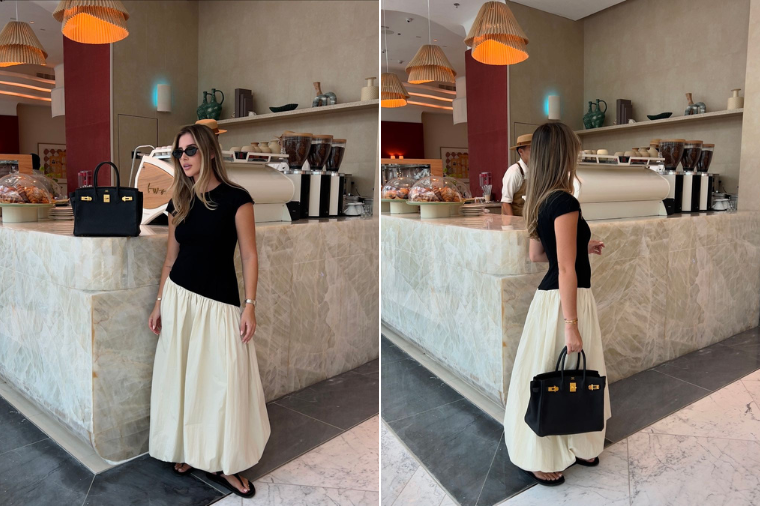provide thrills and bustle. offer quiet and escape. But market towns – quintessentially British locales, hovering between rural and urban – offer something different.
There are around 1,275 of them in England alone, small to mid-size places that grew up on roads and rivers and became trading hubs. They are big enough for a leisurely mooch, but not so large you’ll get lost or overwhelmed; they are great for happy diversions, a dose of local history, inevitably tea and cake, and likely some good shopping, too. But what ingredients make up the ideal British market town? The prerequisite for the market town is, of course, a market.
The oldest evidence of market buildings in Britain was found in Colchester, dating back to Roman days, but most have medieval roots. Shrewsbury Market Hall (Tuesday-Saturday, 8am-4pm; ) was crowned Britain’s Favourite Market 2024. Built in the 1960s, replacing a Victorian hall, it’s no looker.
But inside, it’s rammed with 60-odd independent traders, from engravers and wine merchants to barbers and board-game sellers. It’s a community hub and a browser’s delight. From there, head to Wyle Cop, a steep curve of listed buildings lined with indie businesses.
Unsurprisingly, “High Street” is Britain’s most common street name. These thoroughfares sprang up in the 17th century as urbanisation increased and we gradually became a nation of shopkeepers. They’re now the heart of the market town.
In the shadow of the town’s ruined castle, .


















